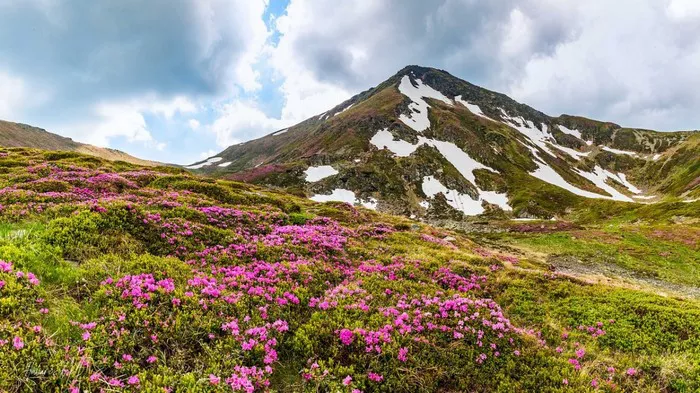Springtime in Arizona offers a refreshing respite before the blistering heat of summer takes hold. Mornings greet residents with cool temperatures that steadily rise, often soaring to 70 to 80 degrees Fahrenheit by midday. This seasonal transition transforms the Sonoran Desert into a vibrant tapestry of life, with cacti in bloom and wildflowers carpeting the landscape, rendering it one of the most verdant deserts worldwide during the spring season.
Early spring heralds the emergence of cactus flowers, drawing in a plethora of desert birds and animals. These blooms eventually yield bright red fruits with a delicately sweet flavor, a treat relished by the desert’s inhabitants. Woodpeckers and doves are frequently spotted perched atop the cacti, indulging in the succulent fruit and leaving behind crimson stains on their beaks. Opportunities for capturing captivating photographs abound during this time of year.
Moreover, certain areas of the desert witness the flourishing of African daisies and desert lupine flowers, provided they receive adequate moisture. Whether one chooses to capture snapshots or simply revel in the scenery, witnessing birds, rabbits, and coyotes amidst a profusion of wildflowers is a delight. Prime locations to experience this lush spectacle include Desert Breeze Park in West Chandler, where sightings of great horned owls are common, and Kiwanis Park in Tempe, known for its peach-faced lovebirds. The Riparian Preserve in Gilbert and Greenfield Park in Mesa have also been favored spots, with recent sightings of bald eagles. Further afield lies Usery Park in north Mesa, boasting a nature center equipped with bird feeders that attract various avian species during the morning hours.
Visitors to Scottsdale may be treated to the sight of burrowing owls near the north parking lot of Scottsdale Community College, where these diminutive owls and their offspring peek out from student-made burrows. In addition, Chaparral Park on Hayden Road hosts eagles swooping down to catch fish in its lake, while Harris’s Hawks and Osprey are frequent visitors to the area’s electric poles and wires.
Venturing approximately 50 miles east of Wrangler News’ coverage area leads to Boyce Thompson Arboretum, Arizona’s oldest and largest botanical garden. Here, an abundance of plants, butterflies, and birds await discovery. September particularly stands out as the prime month for butterfly sightings, with the butterfly pavilion at Boyce Thompson serving as an ideal vantage point to admire these exquisite creatures.
However, as climate change extends heat cycles in the desert, the prolonged periods of intense heat exact a toll on both human inhabitants and the myriad species that call this environment home, including butterflies. According to the U.S. Environmental Protection Agency, the duration of extreme heat has surpassed historical norms. Derek Kellogg, director of animal care at Butterfly Wonderland in Scottsdale, expresses concern over the impact of Arizona’s extreme heat on butterfly populations, citing diminished food sources for both butterflies and caterpillars. While some scientists remain cautiously optimistic about the resilience of monarch butterflies, emphasizing their ability to rebound from adversity, the availability of crucial resources in the spring remains pivotal for their survival.
From butterflies to birds to enthusiasts of the natural world, the splendor of spring in the desert is an experience not to be missed. Whether exploring a favorite park, garden, or arboretum, encountering the Arizona desert teeming with color and blossoms is an invitation to embrace the beauty of the season.


